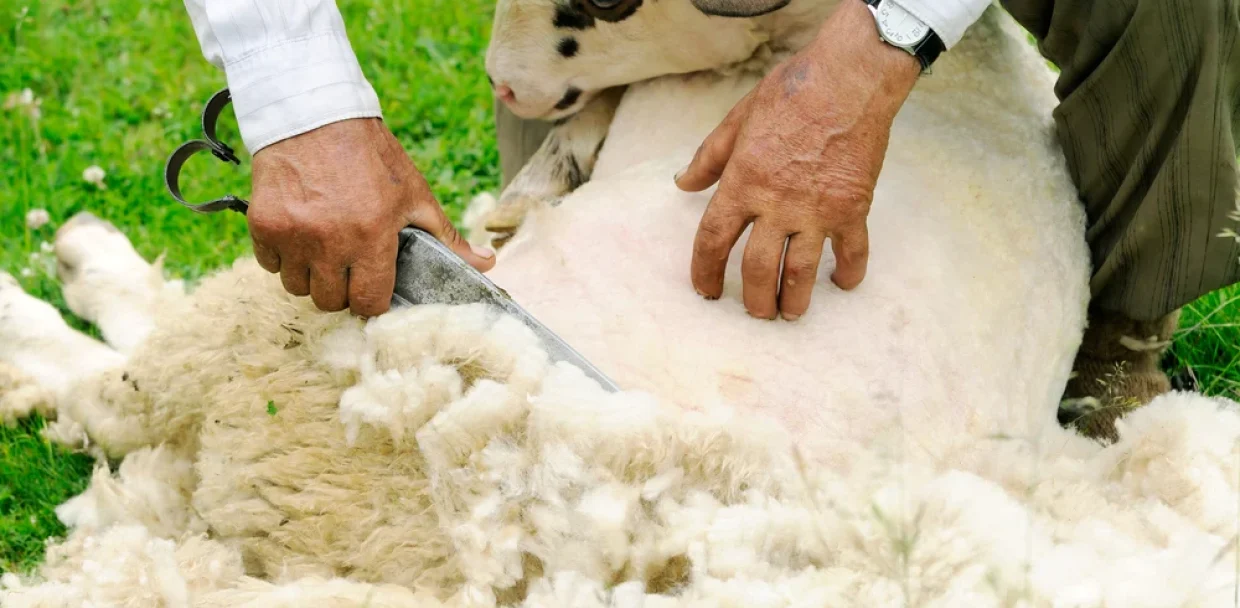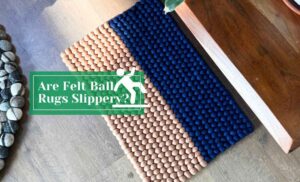We all know wool is a natural fiber obtained from wooly animals like sheep, yak, goats, and many more. Wool is something that we often used in our daily life. Like from our clothes to our home decor items like rugs, banners, and many more.
Have you ever wondered how the wool that we have is obtained? Is it directly pulled out from the skin of the animals? Or does it fall off itself?
Obtaining wool from the animals is a long process. For the wool to become the final usable product, it goes through a long process. In this blog, we are going to talk about how wool is obtained, especially from sheep.
We are also going to talk about the processes that the wool has to go through after it is removed from the animals. First of all, let us look at a brief history of how sheep wool came into use for humans.
Brief History of Wool
Now at present, we can find about 1000 breeds of sheep. So, where did it all begin? It is believed that the use of sheep for domestic purposes started in the middle Eastern part of the world. Different archaeological evidence showed that domestication of the sheep began 9000 to 11000 years ago that is around 11000-8000 BCE. At first, the sheep were mainly raised for meat, skin, and milk purposes. So, the history of using sheep goes way back. When did humans discover the use of wool? Later Small statues of woolly sheep were found in Iran. The statue dated back to 6000 BCE. This led to the assumption that this was the time Persian people started to raise and bred sheep for wool. Since there was no device dedicated to removing wool, people at that time used hand or bronze comb to remove the wool from the sheep. It is still unknown when wool was used for clothing but the earliest wool clothing to be ever found is dated between 4000-3000 BCE. The history of using wool started way long. So, wool is also known as the oldest textile to exist in the present.How Wool is Obtained?
To obtain the wool, the sheep first has to go through shearing. The process where the wool is removed from the body. It is the same as shaving off hair from its body. It is not painful for the sheep and is beneficial for the animal itself. The Real Benefits of Sheep Shearing Now let us take you on the journey on how the wool on the body of the sheep is made suitable for your use. The wool has to go through the following processes- Shearing
- Grading and Sorting
- Scouring
- Dyeing
- Drying
- Carding
- Spinning and Weaving
Shearing
This is the process by which the wool is cut off from the sheep. It is done once a year when the warm season is just around the corner. We are aware of the fact that the fleece of the sheep never stops growing. So, if it is not removed then it can cause different complications. There are many cases of sheep who had overgrown fleece that had to face different health complications. So, yearly shearing makes sure the fleece doesn’t get to overgrow and it stays healthy. There are other benefits of shearing as well.- Provides comfort.
- Regulates the temperature of the body.
- Promotes better health.
- The mother sheep can better nurse their baby.
- Growth of quality fleece.
Grading and Sorting
The process of breaking the obtained fleece based on the quality is called grading. Fleece obtained from the different parts of the body can vary from each other. The wool is broken into sections of different qualities and the textures of fibers. The highest or the best quality of wool comes from the shoulders and the belly side of the sheep. The lower quality comes from the lower belly or the legs, the part that usually has to go through different hardships. The low-quality fiber is used for making hard products like rugs. So, high quality doesn’t mean the fiber is quite durable or strong. It simply means it looks great and feels softer than the low quality. After the fibers are sorted, they are washed. Sometimes the cleaning process is done before sorting and grading.Scouring
The raw wool needs to be cleaned thoroughly before it can be further processed. The wool contains dirt, debris, and sweat from the animal and many other remnants. It needs to be removed properly. The process of cleaning the raw wool is also called scouring.Do you know that the weight of the contaminants usually accounts for about 30 to 70 percent of fleece total’s weight.The wool also contains the wool grease called Lanolin which also needs to be removed. It is also the byproduct obtained from wool. The grease is later utilized or different cosmetic products like moisturizers and lotion. To remove the contaminants the wool has to go through a series of alkaline baths. The wool is scoured with either, soap, soda ash, or a similar alkali. This process is usually done with the help of machines rather than manually. But there are still a few local farmers that prefer to scour the wool manually.
Dyeing
Usually, the wool has its natural color like white, black and different shades of brown. So, some prefer the natural color of wool. Some people love colors in their life. So, some wools are dyed to obtain different vibrant colors of choice. The dyeing can be done at any stage of the wool processing as wool can quickly absorb the water. This makes it easy to dye the wool of any color. The dye that is used for coloring the wool is an acid dye. It can dye the wool uniformly. The wool is simply submerged in the boiling color solution and left on it for a limited time depending on the preferred contrast.Drying
As the name suggests, the moisture is completely removed before carding. The wool is placed in the containers which squeezes out the water as much as possible This speeds up the drying process. The wool is sometimes placed under the sun to dry as well.Carding
The process of aligning the wool in the same direction using carding tool is called carding. This is one of the important processes the wool has to go through before going through the further process. Here are some reasons why wool carding is done.- Detangle the fiber of the wool.
- Removing the remnants of contaminants like dirt, debris, vegetable matter, and many more.
- Blend the different colors of fibers.
- To align the wool parallel to each other
To know more about carding: How to card wool?In the carding process, the wool fiber is placed on the carding devices like the hand carder or drum carder. The metal teeth on the carders pull the fiber through them. Usually, the fiber of the wool is curly and crimpy. After this process, the wool fiber is straightened which makes them more soft and fluffy. After the cardigan process is complete you end up with wool fibers lined parallel to each other. You can roll the wool fibers into roving which are then taken for felting or for spinning into yarn.




